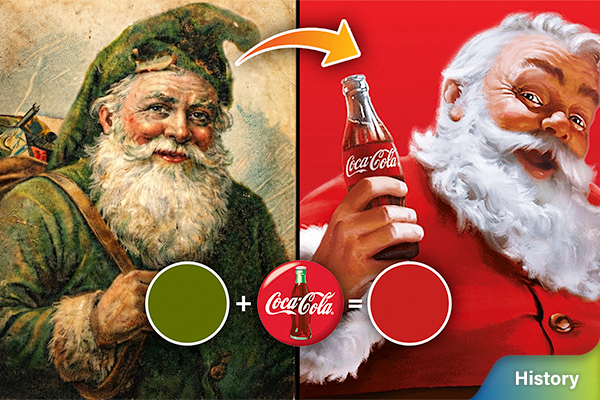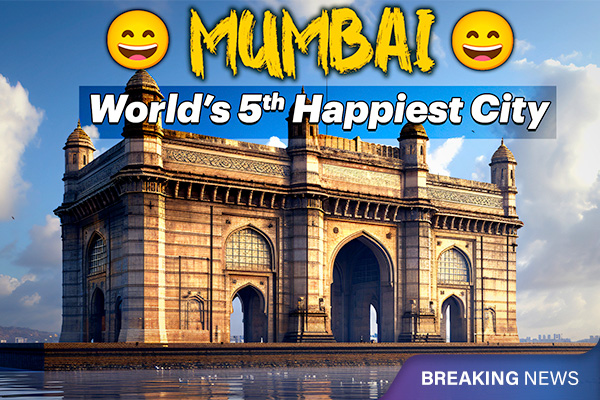The Evil Eye: Ancient Belief or Modern Protection?
The evil eye is an age-old belief that envy can bring harm, but people still wear symbols to protect themselves today.
Have you ever been told not to post too many joyful or successful pictures online because “nazar lag jayegi”? It’s something many of us have heard from elders, friends, or family. But what exactly is this nazar or evil eye? The concept is an ancient one, believed to have originated over 5,000 years ago, with early references found in Mesopotamia, Egypt, Greece, and Rome. Across these cultures, people believed that too much admiration—especially if laced with jealousy—could invite misfortune, illness, or accidents. The idea was simple: when someone looks at you with envy or unspoken resentment, their gaze can unintentionally transfer negative energy, disrupting your happiness, peace, or health.
As civilizations grew and people migrated, the belief in nazar spread across continents. It became deeply rooted in countries like Turkey, Iran, Italy, Mexico, and of course, India. In each place, it took on slightly different forms and symbols, but the core belief remained the same—excess attention or praise can attract negative energy. In India, for example, people often put black dots behind ears of babies, or tie lemon-chilli to vehicles and doors to ward off nazar. In the Middle East and Mediterranean, the iconic blue-and-white evil eye amulet became a widely accepted symbol of protection.
This amulet, often designed to resemble an eye, is believed to serve as a shield—absorbing or bouncing back any harmful gaze. It’s not uncommon today to see people wearing evil eye bracelets, necklaces, or even placing them on keychains, baby strollers, phones, or cars. While for some it's a deeply spiritual object, for others, it’s a fashion accessory—blending style with symbolism.
Interestingly, there’s also a belief that if your evil eye item—be it a pendant, bracelet, or wall hanging—suddenly cracks or breaks, it means it has absorbed a particularly strong dose of negativity meant for you and was destroyed while shielding you. That’s why many people replace broken evil eye items immediately.
Even in our modern, digital lives, this ancient belief continues to stay relevant. In the age of social media, where we share moments of joy, luxury, love, and success with the world, many feel more vulnerable to nazar. Whether you believe it or not, the fear of being "too visible" or "too admired" still exists.
So, is the evil eye just superstition? Or is it a cultural truth rooted in generations of collective experience? Whether you see it as spiritual protection, a cultural tradition, or just an aesthetic trend, one thing is clear: the evil eye has survived centuries, empires, and now the internet age.
What do you think? Do you believe in nazar or the evil eye? Have you or someone you know experienced it? Share your story in the comments—we’d love to hear!







